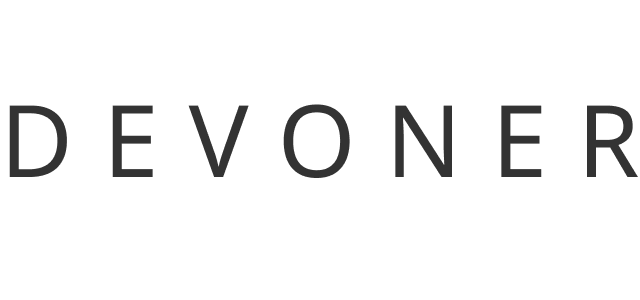In 2024, startups increasingly leverage OKR (Objectives and Key Results) and KPI (Key Performance Indicators) frameworks to enhance focus, alignment, and performance. These methodologies offer structured approaches to goal-setting and performance measurement, essential in the dynamic, fast-paced startup ecosystem.
Understanding OKR and KPI Distinctions
For startups, distinguishing between OKR and KPI is crucial. By integrating both frameworks, startups can balance aspirational goal-setting with precise performance tracking, fostering a comprehensive approach to organizational success.
At Devoner, we go beyond software development, offering invaluable insights and strategic guidance across various industries. Our holistic approach ensures our clients receive top-tier solutions tailored to their unique needs.
In this guide, we’ll delve into the nuanced distinctions between OKR and KPI, highlighting their roles in driving startup success. By exploring the strategic application of these frameworks, we aim to equip entrepreneurs with actionable insights to optimize goal-setting and performance measurement for sustainable growth.
What is an OKR?
Objectives and Key Results (OKR) is a goal-setting framework that drives strategic alignment and performance within organizations. It involves setting clear, ambitious objectives paired with measurable key results, providing a structured approach to achieving company goals within a specified timeframe.
The simplicity, transparency, and flexibility of OKRs make them powerful tools for fostering a culture of continuous improvement, focus, collaboration, and adaptability.
What is a KPI?
Key Performance Indicators (KPIs) are quantifiable metrics that organizations use to evaluate their success in achieving specific objectives. KPIs act as benchmarks for performance evaluation, offering actionable insights that enable businesses to identify strengths, weaknesses, and opportunities for improvement.
Core Differences Between OKRs and KPIs
- Nature of Measurement: OKRs focus on setting and achieving specific, often qualitative objectives, while KPIs center around quantifiable metrics that measure the performance of specific business processes.
- Goal Type: OKRs emphasize qualitative and ambitious objectives that inspire innovation and growth, while KPIs are more specific and numeric, directly assessing operational efficiency and success.
- Flexibility and Adaptability: OKRs provide an agile framework for startups, enabling swift pivots in objectives to align with evolving market conditions. In contrast, KPIs often rely on more fixed metrics, offering less flexibility.
- Time Horizon: OKRs typically operate on shorter time frames, driving rapid progress, while KPIs can encompass both short-term and long-term indicators, offering a comprehensive view of performance over different periods.
- Alignment and Collaboration: OKRs promote organizational alignment by linking objectives across teams, while KPIs focus on alignment within specific departments or functions.
- Scope of Application: OKRs are versatile, suitable for goal-setting at various levels within an organization, while KPIs primarily measure performance within specific areas or teams.
Use Cases for OKRs vs. KPIs
- OKRs:
- Strategic Alignment: Align organizational strategy with team and individual goals.
- Innovation and Creativity: Encourage teams to set ambitious objectives.
- Employee Engagement: Provide clear objectives that enhance employee satisfaction.
- Agile Adaptation: Support quick pivots in response to changing priorities.
- Cascading Goals: Facilitate goal-setting throughout the organization.
- KPIs:
- Sales Performance: Track metrics like monthly revenue and conversion rates.
- Operational Efficiency: Measure efficiency with metrics like order fulfillment time.
- Customer Satisfaction: Gauge satisfaction through metrics like Net Promoter Score (NPS).
- Financial Health: Assess financial stability with metrics like profit margins and ROI.
- Project Management: Ensure project timelines and objectives are met.
Benefits of OKRs
- Data-Driven Decision-Making: Enable strategic choices based on measurable outcomes.
- Agile Development and Iteration: Support continuous improvement through iterative cycles.
- Cross-Functional Collaboration: Promote collaboration across technical and non-technical teams.
- Performance Benchmarking: Set high standards for technical excellence.
- Focus on Innovation: Encourage exploration of new technologies and methodologies.
Benefits of KPIs
- Performance Monitoring and Analysis: Maintain optimal system functionality through continuous monitoring.
- Risk Identification and Mitigation: Proactively address potential technical risks.
- Resource Optimization: Ensure efficiency and cost-effectiveness in technical operations.
- Quality Assurance and Testing: Deliver reliable software through thorough testing.
- Continuous Improvement: Refine workflows for greater efficiency.
Key Takeaway
Understanding the distinctions between OKRs and KPIs is vital for startups. By strategically aligning these frameworks with overarching business goals, startups can enhance their precision in goal-setting and performance measurement, ultimately guiding them toward sustained success.
At Devoner, we specialize in crafting tailored software solutions and providing expert guidance to navigate the complex landscape of goal-setting and performance measurement, ensuring sustainable growth for startups.


